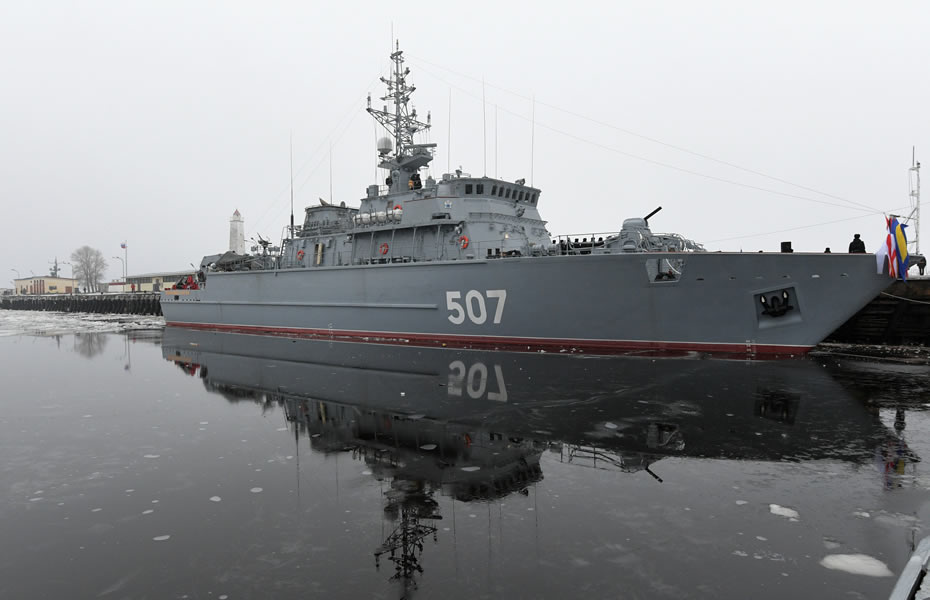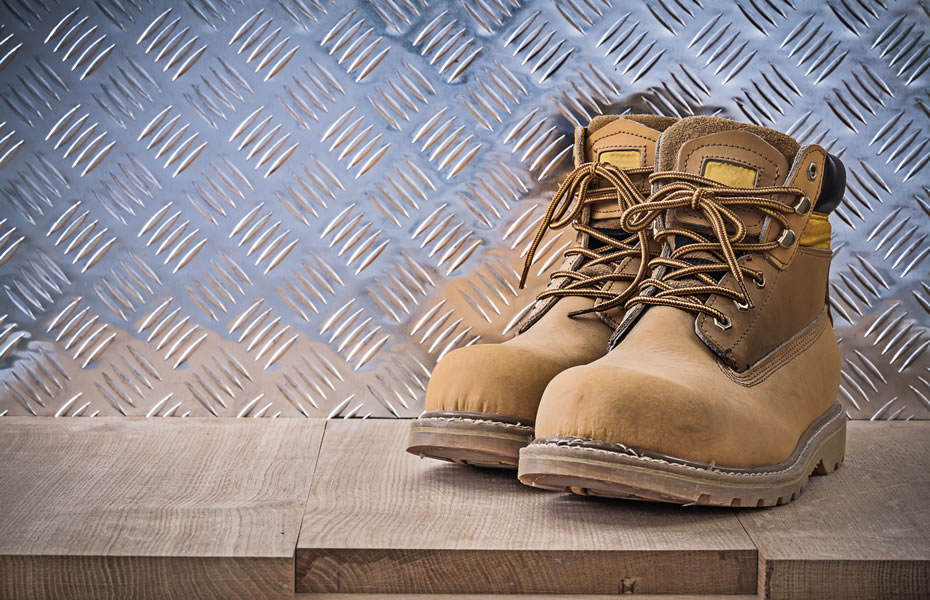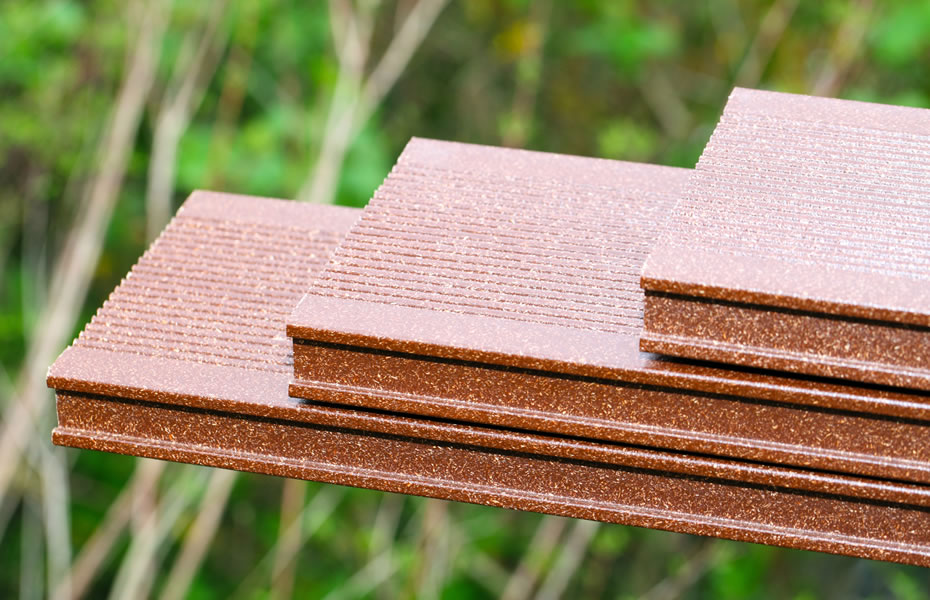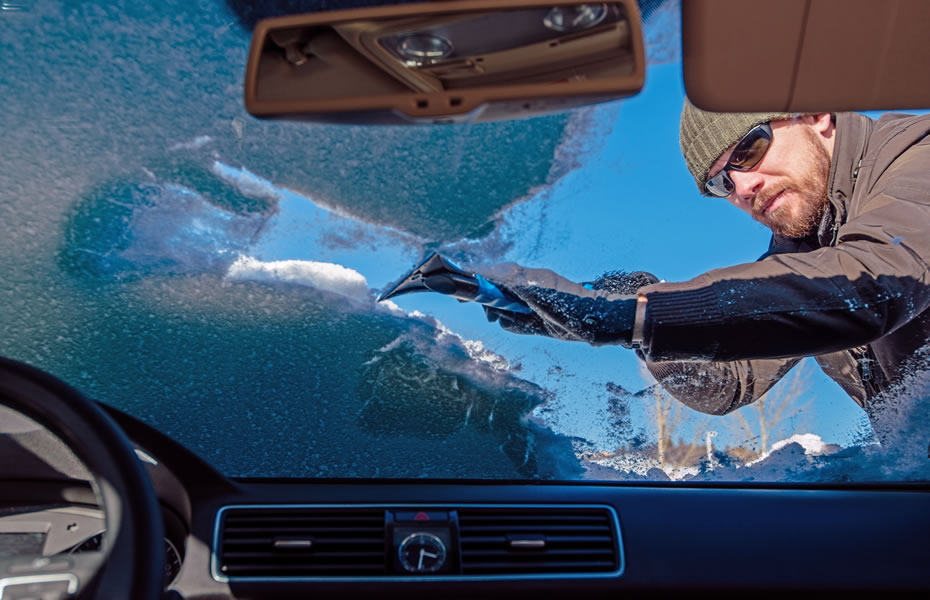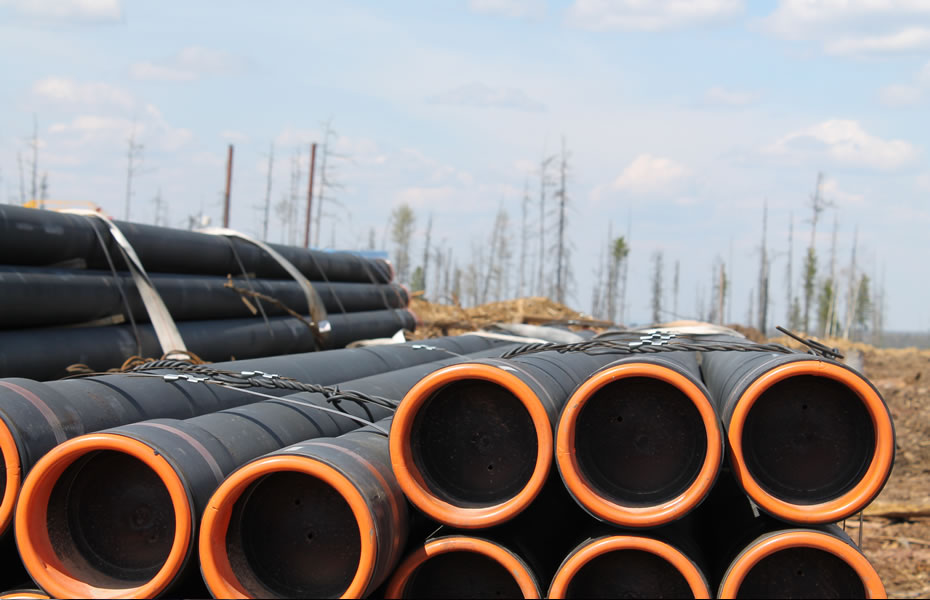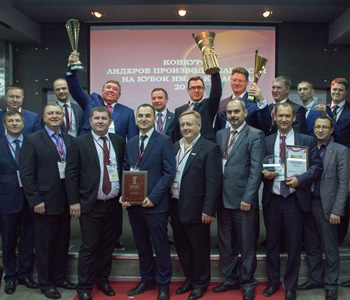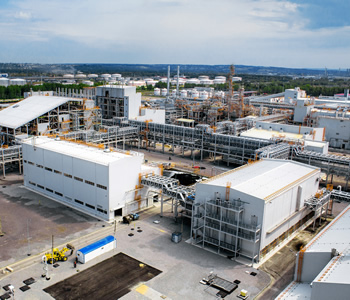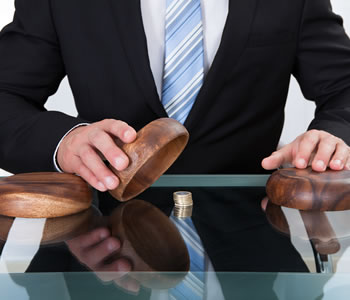Consumption of polymer materials is on a sustainable growth trajectory worldwide, and this growth is almost twice as high as that of the global economy. However, the trend is sustainable not only because plastics have attractive properties, but also because they can beneficially complement their traditional peers, with the number of innovative solutions likely to grow over time.
Hiding fr om adversaries
Alexander Obukhov is the first vessel with a monolithic hull cast of fibreglass
This December, the Baltic Fleet of the Russian Navy was reinforced with the new minesweeper Alexander Obukhov. Its mission is to locate and destroy mines, including those left from 20th century wars. It could seem a routine case, but the fleet had been looking to get it for a long time. And this is because Alexander Obukhov is the first Russian vessel with a hull made entirely of fibreglass.
According to Igor Soldatov, Deputy Technical Director of the Sredne-Nevsky Shipyard, wh ere Alexander Obukhov was made, projects like this started back in the middle of the 20th century for several reasons. Fibreglass materials are lighter than steel, are not sensitive to corrosion and do not conduct electricity, which makes them less visible to the enemy's radars.
The construction of the first ship with fibreglass components started in 1963 (it was a minesweeper too). The lack of experience in this area required massive R&D efforts. A hull split into 10 sections was framed longitudinally and moulded manually. Since that time, the shipyard has implemented plenty of projects using fibreglass for ship building. However, Alexander Obukhov is the first vessel with a monolithic hull cast of this material.
With its dimensions (61 m long and 10 m wide), it knows no equals in Russia or globally. The hull was shaped with vacuum infusion, which means making a matrix following the shape of the ship’s hull. It is lined with several layers of reinforcing materials (fibreglass cloth) and covered with airtight film. After that, the working surface is saturated with tar penetrating all layers of the fibreglass cloth thanks to the vacuum created under the film. All of this creates a light and robust structure.
Experts believe that the future belongs to ships like these. During the flag-raising ceremony at the Alexander Obukhov minesweeper, the Commander-in-Chief of the Russian Navy Admiral Vladimir Korolev said that more than 40 vessels are planned to be built as part of Project 12700 for Alexandrit class minesweepers, to which Alexander Obukhov belongs. Eight of them will be put afloat by 2021.
Protecting from heat and cold
The biggest challenge is to protect feet against possible injuries and make anti-slip soles also capable of enduring extremely cold or hot surfaces
“Our company produces workwear, including footwear, and also distributes personal protective equipment. For us, polymers are indispensable – they ensure the high quality of our products”, says Andrey Kostin, Head of Footwear Design and Production at Technoavia. "Protectability is what our customers are looking for in the first place."
It was not too long ago that leather and rubber were the main materials used for safety footwear production. Today, a wider range of materials is used, such as polyvinyl chloride, polyurethane and thermoplastic polyurethane. The biggest challenge is to protect feet against possible injuries and make anti-slip soles also capable of enduring extremely cold or hot surfaces. Protective toecaps is what helps for cold surfaces. While previously only metals were used for this purpose, now they are being replaced by composites. For extremely hot environments, only synthetic materials can help. “We use a direct attach construction method attaching soles made of polyurethane and thermoplastic polyurethane or from polyurethane and rubber. This method per se has been long used in the footwear industry. But the method of using polyurethane foam for the inner layer and thermoplastic polyurethane for the outer layer is a relatively new one”, comments Andrey Kostin.
A sole with an outer layer made of thermoplastic polyurethane is resistant to chemical factors (spills of crude oil and oil products, acid and alkaline solutions), is durable, and offers good adhesiveness with various surfaces. The method of attaching soles made of foam polyurethane (for the inner layer) and rubber (for the outer layer) is a completely new one. These soles are very resilient to chemical agents and have excellent durability properties. On top of that, they protect from a short-term (up to 60 seconds) contact with surfaces heated up to 300°С, are frost resistant (tolerate temperatures of up to minus 45°С) and ensure improved adhesiveness.
Mixing the unmixable
The resulting product is basically a plastic but is very similar to wood by appearance and texture. Decay, the major disadvantage of natural wood, is eliminated here
Wood is one of the most popular finishing materials and is valued for its beautiful appearance and texture. However, it is common knowledge that wood is vulnerable to water and fire and requires special treatment to prevent its properties from deteriorating. A radical solution to the problems is a wood-plastic composite (WPC) known as liquid wood.
It was invented by Italy’s ICMA San Giorgio, a traditional timber processing company that at some point decided to optimise its rapidly increasing waste treatment costs. The most common feedstock for liquid wood is wood chips, although other organic materials such as rice hulls can be used too. The standard polymer component is usually polyethylene, polypropylene, polyvinyl chloride, and polyethylene terephthalate.
All the organic components go through a grinding mill to produce wood flour, which is then dried when necessary. After that, wood flour is mixed with the polymer ingredients (both freshly produced and recycled plastics can be used) and chemical additives (colourants or fire retardants). The material is then extruded and sent to the brushing machine for smoothing and embossing to produce a natural wood grain pattern. The resulting product is basically a plastic but is very similar to wood by appearance and texture. Decay, the major disadvantage of natural wood, is eliminated here.
The first WPC producing facilities were launched in Russia in the 2000s near Nizhny Novgorod and were used for interior parts of cars made by the Gorky Automobile Plant. Later, several similar projects emerged, including the Zhidkoye-Derevo.rf plant in the Moscow Region. “For consumers, value for money is certainly very important. However, comparing the prices of WPC and natural wood makes little sense: the useful life of wood-plastic composites can easily exceed 25 years – longer than the traditional materials. This means that ultimately WPC will be cheaper,” says Ivan Samuelyan, CEO of Zhidkoye-Derevo.rf.
Shelter from bad weather
The use of inner coating in pipes helps reduce friction losses by up to 50% in transportation of fluids, which in turn results in higher profits
At its early age, the automotive industry lacked a lot of things we currently enjoy. And those are not the sophisticated climate controls or navigators but the simplest solutions, such as windshield wipers. The first car owners had to either wait for rain and snow to be over or stop every now and then to manually wipe the windows clean. But, as the saying goes, history moves in a spiral: we might be approaching a day when windshield wipers will sink into oblivion.
“Using polymer components, we can produce a variety of things. One of our products is antirain – a waterproofing treatment that keeps moisture out,” says Maria Chizhmenko, Deputy Director for Chemistry at Astrohim. The solution develops a thin transparent coating on the glass, thus reducing the adhesion of drops of water and dirt and helping the glass remain clean. The effect is very noticeable at speeds of above 40 km/h.
As a rule, to create an antirain solution, producers use special amino-functional silicones that get attached to the surface while also demonstrating waterproof abilities. Thanks to these properties, the coating remains on the car for a long time, helping to keep it clean. Product components may also include alcohols to make sure the fluid does not freeze and thus protects the windows and lamps from the hard-to-remove snow crust.
The only disadvantage is the product’s vulnerability to alcohol-based liquids, meaning that it must be re-applied each time a windshield washer fluid is used. Still, producers are working to eliminate this problem by trying out more resistant compositions, so chances to have glasses with totally new properties that will make away with windshield wipers are fairly high.
A look beyond the horizon
Russian companies can now make steel pipes for the oil and gas industry with properties that not only match but even exceed those of their foreign peers. Until very recently an imported product, these pipes today are almost completely made in Russia, with Russian producers expanding abroad and already present in more than 80 markets worldwide.
To support that drive, Russian exports increasingly use innovative solutions to boost the consumer properties of their products. One of the approaches is polymer-based protection for metals. In 2013, Russia’s TMK started producing GreenWell pipes with lubricant-free coating. The pipes are sold to the largest domestic businesses, including Rosneft, Gazprom Neft, Novatek, etc. Late last year, TMK sent the first batch of pipes with polymer coating to be used in an offshore well at the Y. Korchagin oil and gas condensate field in the Caspian Sea, which is being developed by LUKOIL. According to TMK, the use of inner coating in pipes helps reduce friction losses by up to 50% in transportation of fluids, which in turn results in higher profits and offsets the costs of the coating process. This is a clear example of cross-industry cooperation, which is gaining in importance.
Download PDF

